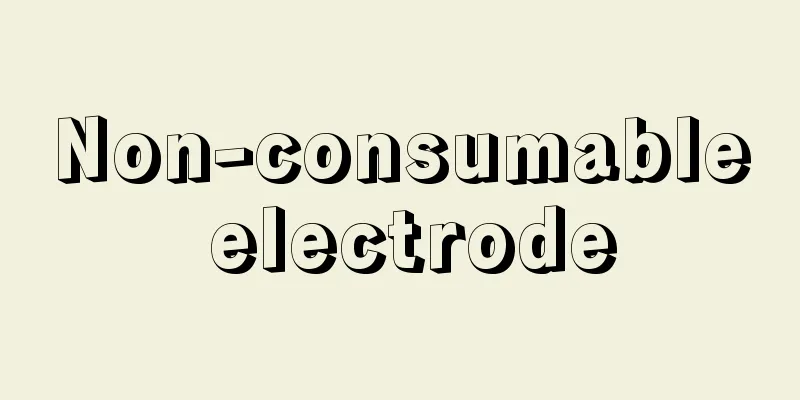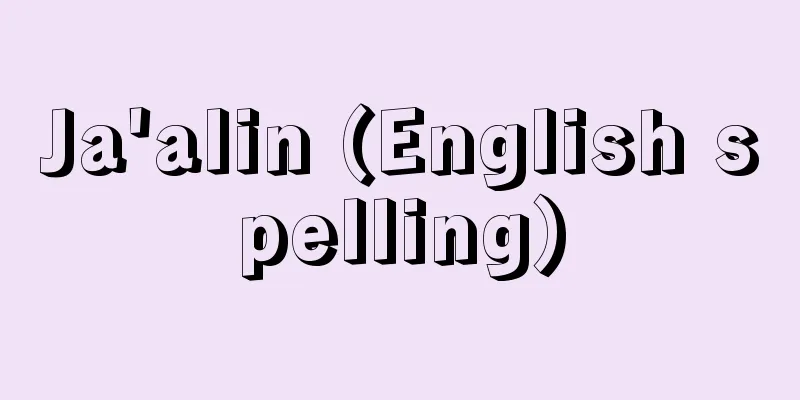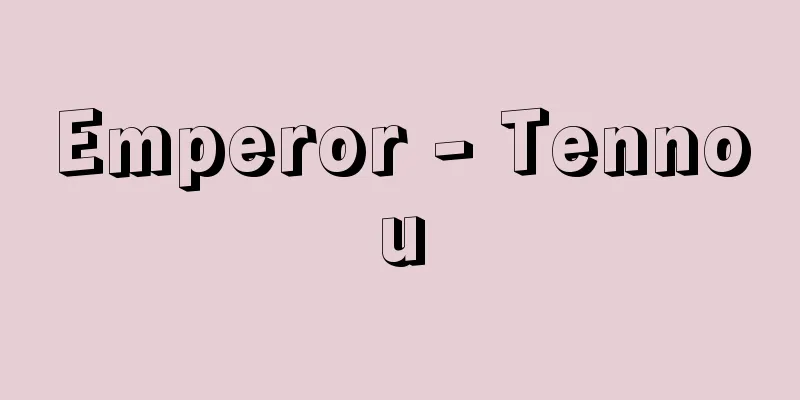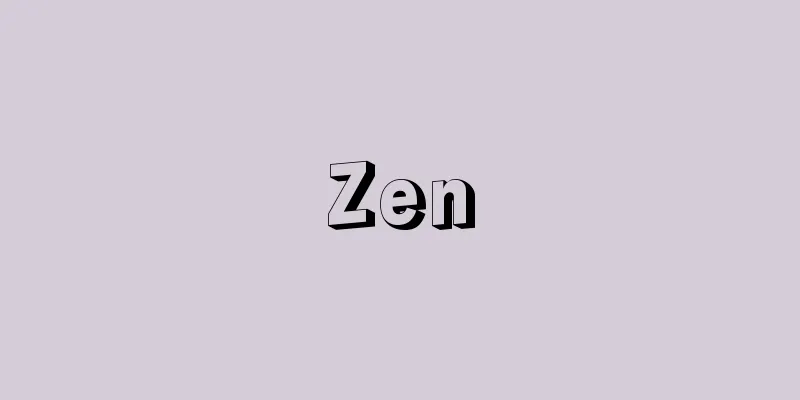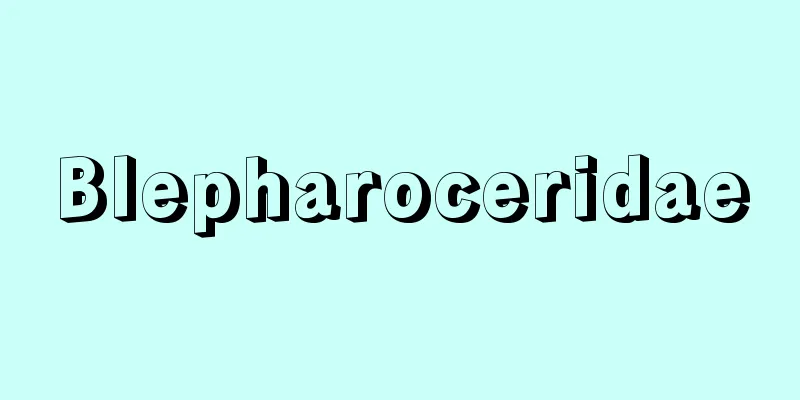Magnetic field - Jiba

|
A field that exerts a force on the magnetic poles of a magnet is called a magnetic field or magnetic field, and is represented by the symbol H. Its unit is the oersted (symbol Oe) in the CGS system, and ampere per meter (symbol A/m) in the MKS or SI systems (International System of Units). A magnetic field is a vector quantity with strength and direction, and is the force exerted on the positive magnetic pole of a unit strength, and its strength and direction are represented. When a magnetic field is applied to an isolated magnet, the forces acting on the N (positive) pole and the S (negative) pole are equal in magnitude and opposite in direction, forming a couple, and the magnet is rotated until the S → N direction of the magnet is parallel to the direction of the magnetic field H. If a piece of paper is placed on a magnet and iron sand is sprinkled on top, many magnetic field lines are drawn from one pole of the magnet to the other pole. This is because the magnetic poles of the iron sand grains attract the magnetic poles of the opposite sign of the neighboring grains and line up in a line. The direction of the magnetic field lines corresponds to the direction of the magnetic field at each location, and the density of the magnetic field lines is proportional to the strength of the magnetic field at each location. The magnetic field can also be represented as a magnetic potential gradient. Magnetic field lines originate from the north (positive) pole of a magnet and reach the south (negative) pole. Inside the magnet, the magnetic field from the north pole to the south pole is in the opposite direction to the magnet's magnetization (S → N direction), so it acts to reduce the magnetization of the magnet. This type of magnetic field is called a demagnetizing field. It is difficult to magnetize an isolated magnetic body because it generates a strong demagnetizing field, so a magnetic circuit is generally used to reduce the demagnetizing field. In generators, electric motors, transformers, etc., magnetic circuits are all created by iron cores. Various methods are used to generate magnetic fields depending on their strength: permanent magnets are used up to several thousand Oe (hundreds of thousands of A/m), electromagnets are used up to 30,000 Oe (2.4 megaA/m), air-core coils using large DC power sources of several megawatts are used up to 100,000 Oe (8 megaA/m), and superconducting coils are used up to 150,000 Oe (12 megaA/m). Stronger magnetic fields can be generated for a short time by discharging the charge stored in a large capacitor into a low-resistance coil, which instantly passes a large current through the coil. Using this method, magnetic fields of up to 500,000 Oe (40 megaA/m) can usually be generated. For magnetic fields stronger than this, the coils would be destroyed by the strong electromagnetic force in the above-mentioned method, so a method called magnetic flux concentration is used. This is a method in which magnetic flux is passed through a metal cylinder and the cylinder is crushed using explosives or electromagnetic force, during which the magnetic flux is kept constant according to the laws of electromagnetic induction, so the magnetic flux density increases rapidly and an ultra-strong magnetic field of several megaOe (hundreds of millions of A/m) can be generated instantaneously. [Toshiaki Konno] [Reference] | | | | | |Source: Shogakukan Encyclopedia Nipponica About Encyclopedia Nipponica Information | Legend |
|
磁石のもつ磁極に対して力を及ぼすような場を磁場または磁界といい、記号Hで表す。単位はCGS単位系ではエルステッド(記号Oe)、MKS単位系またはSI単位系(国際単位系)ではアンペア毎メートル(記号A/m)である。磁場は強さと方向をもつベクトル量で、単位の強さの正磁極に対して及ぼす力で、その強さと向きを表す。孤立した磁石に磁場を加えると、そのN(正)極に働く力とS(負)極に働く力とは、大きさが等しくて方向が反対であるため、偶力を形成し、磁石のS→Nの方向が磁場Hの方向に平行になるまで磁石を回転させる。磁石の上に紙をのせ、上から砂鉄をまくと、磁石の一つの極から他の極に向かう多くの磁力線を描くが、これは、砂鉄の粒に生じた磁極が隣の粒の異なる符号の磁極と引き合って線状に並ぶからである。磁力線の向きは各場所での磁場の向きに一致し、磁力線の密度は、各場所での磁場の強さに比例している。磁場はまた磁位の勾配(こうばい)として表すこともできる。 磁力線は磁石のN(正)極から出てS(負)極に達する。磁石の内部ではそのN極からS極に向かう磁場は、磁石の磁化の向き(S→Nの向き)と反対向きであるため、磁石の磁化を減らすように働く。このような磁場を反磁場という。孤立した磁性体を磁化することは、強い反磁場を生ずるために困難で、反磁場を減らすために一般に磁気回路が用いられる。発電機、電動機、変圧器などでは、いずれも鉄心によって磁気回路がつくられている。 磁場を発生するには、その強さに応じて種々の方法が使われる。すなわち、数千Oe(数十万A/m)までは永久磁石が、3万Oe(2.4メガA/m)までは電磁石が、10万Oe(8メガA/m)までは数メガワットの大型直流電源を用いた空心コイルが、また15万Oe(12メガA/m)までは超伝導コイルが用いられる。それ以上の強磁場は、容量の大きなコンデンサーにためた電荷を低抵抗のコイルに放電し、瞬間的にコイルに大電流を流して、短時間だけ発生させる。この方法で、普通50万Oe(40メガA/m)までの磁場を発生させることができる。 それ以上の強磁場では、前述の方法では、強い電磁力のためにコイルは破壊してしまうので、磁束濃縮という方法が用いられる。これは、金属製の円筒の中に磁束を通しておき、円筒を爆薬または電磁力を使っておしつぶす方法で、その間に電磁誘導の法則によって、磁束は一定に保たれるので、磁束密度は急激に増大し、数メガOe(数億A/m)の超強磁場が瞬間的に発生できる。 [近角聡信] [参照項目] | | | | | |出典 小学館 日本大百科全書(ニッポニカ)日本大百科全書(ニッポニカ)について 情報 | 凡例 |
<<: Dominance (English spelling)
Recommend
Gazette (English spelling)
1. Official Gazette. 2 newspapers. [Additional inf...
Czech language - Czech (English)
Czech is the official language of the Czech Republ...
Pliopithecinae
…Fossil apes are classified as part of the Pongid...
Merapi [mountain] - Merapi
An active volcano in central Java, Indonesia. It i...
Ellenism
…In Latin, it is Graecia, and in modern European ...
Kamioda (Hyogo)
...The JR Bantan Line runs along Ichikawa, and th...
Pérez Prado
1922?-89 A Cuban pianist and bandleader, nicknamed...
March to the Sea - Umi e no Shingun
During the Civil War, he fought in the battles of...
Gosho-raku
The name of a Gagaku piece. It is also called &qu...
Opera house (English spelling) operahouse
...The aspect ratio of a proscenium arch is gener...
Local Education Federation - Local Education Federation
...This type of local education placed emphasis o...
Ishitsujiyaku - Ishitsujiyaku
...The construction was based on a standard of on...
Formaldehyde - HORUMUARUDEHIDO (English spelling) formaldehyde
The simplest aldehyde. Also called methanal. Firs...
Hephaestus - Hephaistos
Hephaestus is the god of fire and blacksmithing i...
Sepia pharaonis
…Thunder Squid [Takashi Okutani]. . . *Some of th...
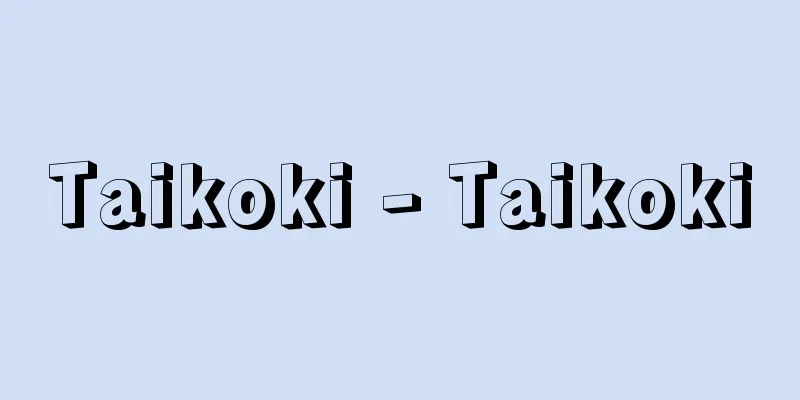

![Yao [city] - Yao](/upload/images/67cd092978060.webp)
